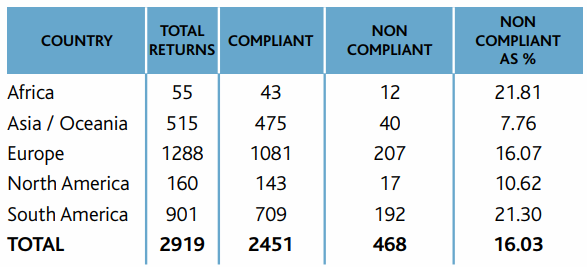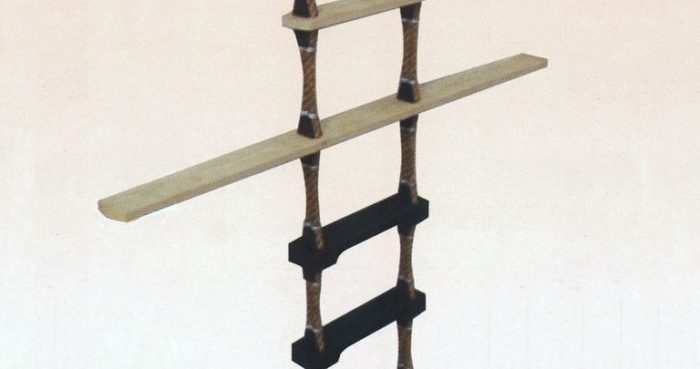The International Maritime Pilots Association (IMPA) conducted a Pilot Ladder Safety providing detailed information regarding the results they have concluded in.
For a Maritime Pilot, embarking and disembarking a ship is a dangerous task. The method of operation has changed very little over the years, and a large percentage of vessels still fail to comply with Solas Regulation V/23 and IMO Resolution A. 1045(27) which sets out mandatory compliance standards for those arrangements.
[smlsubform prepend=”GET THE SAFETY4SEA IN YOUR INBOX!” showname=false emailtxt=”” emailholder=”Enter your email address” showsubmit=true submittxt=”Submit” jsthanks=false thankyou=”Thank you for subscribing to our mailing list”]
Among the main problems that the survey presents are:
- Vessels still do not comply with basic standards;
- Many fake ladders are sold to unsuspecting vessels;
- Classification Societies certify non-compliant arrangements;
- Port State Control officers sign off vessels on the basis of certificates without even sighting the ladders;
- Inadequate boarding arrangements are prepared by poorly motivated crews often without officer supervision.
As far as in which areas are the most cases of non-compliance, Europe is leading with 207 non-compliant cases, followed by South America with 192 cases of non-compliance. However, the biggest percentage is found on South America, as in 55 cases, 12 of them were non-compliant. In general, 468 cases were reported all over the world, or 16.03%

Moreover, when it comes to what problems were reported the most, “Steps not being horizontal” is at number one with 68 or 17.39%. Close by is “Poorly rigged retrieval line”, with 61 cases or 15.6%.

Pilot ladders may be a simple and inexpensive way to embark and disembark a vessel at sea, and compliance is not complicated nor expensive. However, in 2017 pilots are still being injured whilst embarking ships, IMPA noted.
See more information in the following PDF
































































